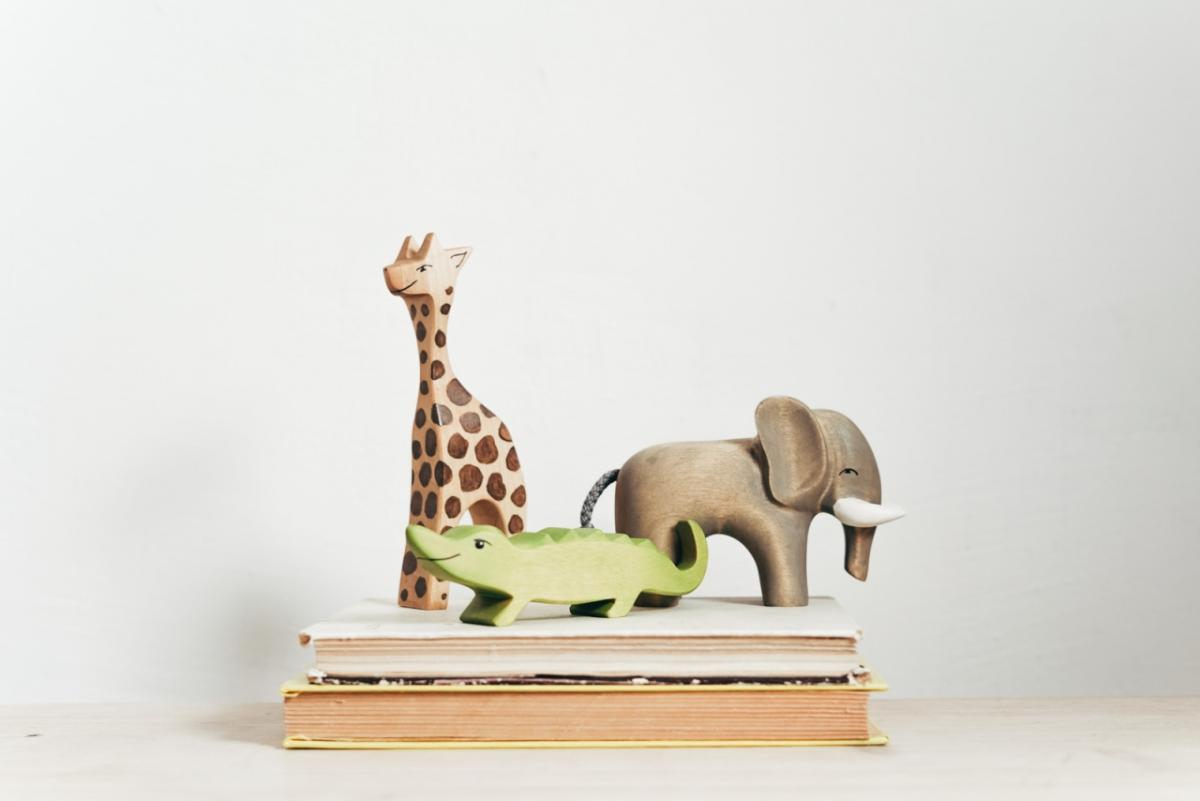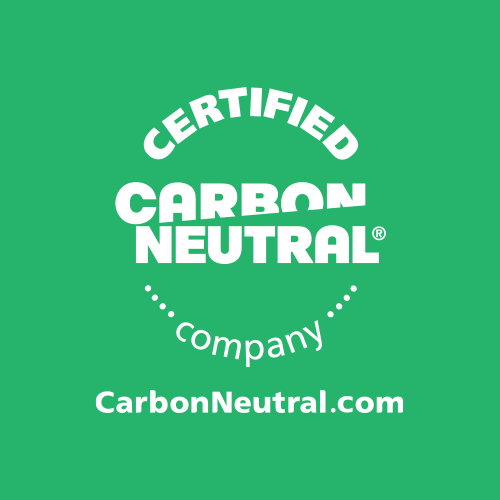Ecocentricity Blog: Animal Algebra
By: John A. Lanier
Ecocentricity Blog: Animal Algebra
Chantel and I miss going to a lot of places. The homes of our family and friends are in a category of their own obviously, but we miss hanging in our local coffee shops and restaurants. We miss letting our kids explore the playgrounds near our house. My shaggy head is missing the heck out of my barbershop. We even miss Target, since our kids genuinely enjoyed the ritual of navigating the aisles as we would stock up for the week.
The Atlanta Zoo is near the top of the list though. We’ve been members for a few years now, and it’s one of our kids’ favorite places to go. Invariably, as we would walk through the entrance, my son would excitedly yell “Hi flamingos!” That was always the first of many enthusiastic greetings. He would save his loudest hello for the elephants, while my daughter’s squealiest squeal would come out for the giraffes. With the amazing weather that we’ve had this spring, I am sorry that my kids have missed out on the prime time to visit their favorite animals.
So it’s with those animals in mind that I want to measure our foundation’s 2019 carbon footprint. A ridiculous premise on my part? Sure, but elephants and giraffes are a lot cuter than metric tons of carbon dioxide, so go with it.
According to my quick googling, an African savanna elephant weighs on average about 13,000 pounds and a northern giraffe about 1,800 pounds. According to the detailed calculations of Lori Blank from my team (huge tip of the cap to her), our foundation put about 196,000 pounds of carbon dioxide into the atmosphere through our operations in 2019. Through the magic of algebra, that means we put the equivalent of almost 109 giraffes or a hair more than 15 elephants into the atmosphere.
This is the third year that we have calculated our carbon footprint and purchased corresponding offsets to be carbon neutral. I’m proud of that, and I would encourage any readers out there to consider doing the same (whether for your organization or your household). You can use many services to both calculate your carbon footprint and purchase offsets, but we’ve been pleased to work with Natural Capital Partners and their CarbonNeutral® Protocol to offset both our operations and our annual RayDay event.
I think it’s important to say a bit more about carbon offsets though. They are a really good thing, but it’s just not the same as directly reducing a carbon footprint with things like energy efficiency improvements, driving fuel efficient vehicles, and reducing air travel. That’s mainly because of timing – if I plant a tree to absorb some of the carbon dioxide I emitted last year, that tree needs years and years of growing before it stores that carbon. In the meantime, those carbon dioxide molecules keep heating the atmosphere. It’s kind of like bringing store-bought cookies to a party – hooray for cookies, but store-bought just ain’t the same thing as homemade.



